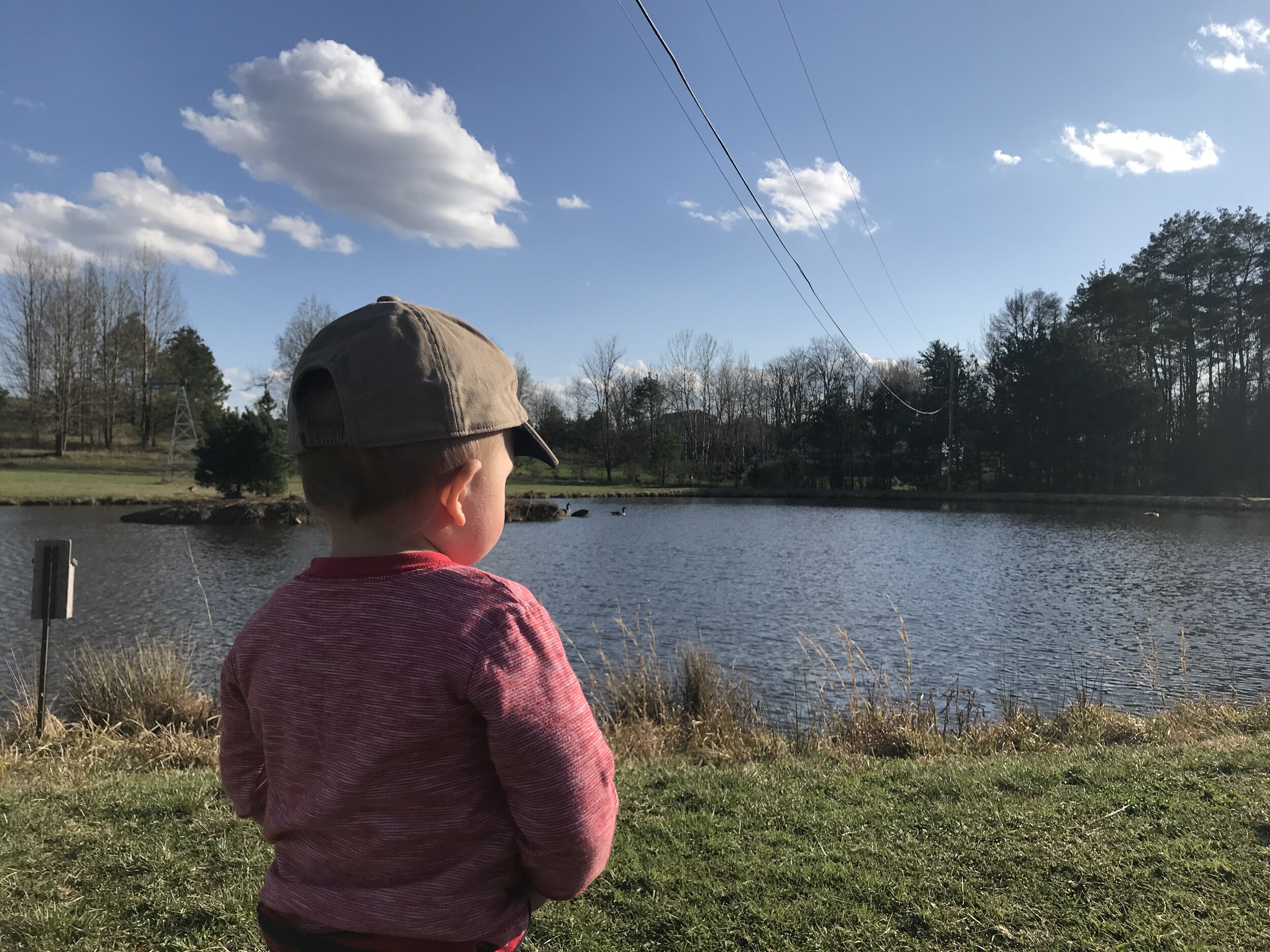Earth Day and Hands-off Environmentalism
As a farmer, I think and refer to land in terms of production. People outside the agricultural community withdraw from the idea of ‘using’ land, citing concerns of environmental abuses and unsustainable greed debilitating our terrain.
What is land production? Some say it is a mechanical and domineering approach that eliminates all traces of natural essence in order to leverage technology and provide record yields of crops. This is the orthodox agricultural thought process that has tainted the image of farming in the eyes of our urban counterparts.
My thoughts are centered on a much different outcome when I mention productive landscapes: productive land is fecund, diverse, covered in leaves, and hydrated, serving a multitude of purposes for a specific community of people. I suspect this is the utopian image many people envision when they think of a healthy ecosystem.
Most people have the wrong idea of how to achieve such a dream. The misunderstanding is strangling vital relationships between food producers and food consumers.
Ask just about any outdoor enthusiast, environmental geek, or suburban homeowner for the best method to improve a specific piece of land and the answer will ring clear: get people off of it! Let nature be nature. So engrained is the ‘hands-off’ approach that urban people are purchasing land with the deliberate intent of not doing anything with it, especially farming. The hope is the landowner will see results that hearken back to the breathtaking scenery recorded by Lewis and Clark.
There are significant problems with this approach. We cannot ignore the reality that civilization has influenced the landscape dramatically. Nature’s template operates on a boundless scale; plants, animals, rivers, fires, and other natural wonders all exist to exercise the landscape and create the abundance enjoyed by early explorers. Conversely, people are obsessed with boundaries. We have roads and property lines. We build houses with yards and set aside parks and walking paths.
These boundaries constrict the ecosystem. The massive herds of herbivores are gone, as are the beaver dams that stopped up headwaters and prevented flooding. The grasslands are broken up and when a fire starts, we put it out. We took a lot of the tools out of nature’s toolbox. To assume that 100 acres, or 1,000 acres, or 100,000 acres, set aside and left alone, will begin to function as they once did is ludicrous. On nature’s scale our tracts of ‘saved’ land are a drop in the bucket.
Because of surrounding civilization, land left idle stagnates rapidly. The work of Allan Savory delves deeply into this subject and I encourage everyone, especially the orthodox environmentalist, to examine it closely. Simply put, when vegetation isn’t pruned and disturbed it quickly becomes stale. Dead, accumulated vegetation is a hazard: mangled old growth limits new growth from occurring, thus limiting the animals that rely on abundant vegetation; nutrients stop cycling back to the soil; species diversity disappears as invasive species choke out more fragile groups; tinder and waste build up on the landscape. A great deal of land, especially in marginal farming areas like ours, expresses these symptoms of neglect. The acres are neglected because people are trying to save them.
It takes a beehive of activity to re-start the environment. Years of stagnation need swept out in favor of opportunities for new vibrancy. The soil must come back to life. Dead and diseased timber needs cut out to enable healthy trees to grow. Brush needs pushed out and piled. Waterways need observed and respected. Every effort must be made to increase leaves in the air and hydration of the landscape. In order to allow nature to be expressed on a micro-ecosystem scale, chainsaws, tractors, fencing, brush piles, and the occasional burn pile is necessary.
Incentive is required to sustain such a high level of physical, emotional, and financial investment in the landscape. Food and timber crops offer profit opportunities for land managers who undertake the challenge. Recreation and sightseeing are additional income opportunities for those who can create a beautiful landscape. Healthy, beautiful, productive land provides ample opportunity to make a living.
Everything I just mentioned flies in the face of mainstream thinking. To suggest that people can help nature function with saws and stock is so far outside the conventional environmental conversation that critics are trying to make the processes illegal. Despite fierce opposition, I submit that there is not a more worthy cause to pursue than returning stagnant, abandoned land to vibrant production for proximate populations of people.
It’s easier for people to buy food from a remote farming corporation than it is to invite a farmer to utilize their home turf, primarily because a farmer’s activities appear oppressive at first glance. ‘Out of sight, out of mind’ has worked wonders for industrial agriculture. I envision a shift back to reality for our region, wherein the axiom is refurbished for generations to come: ‘Right in sight, and always in mind.’ Maybe, with time and passion, we’ll establish a community in which well-off families buy land specifically for farming because they see the benefits to others in the community and they enjoy living in a lush landscape surrounded by the pulse of life. Who knows, maybe someday Teslas parked outside tech companies in Pittsburgh will sport a little mud on the tires. When pressed about the atrocity, the owner will smile: “I live in Clarion. We grow food there.”

